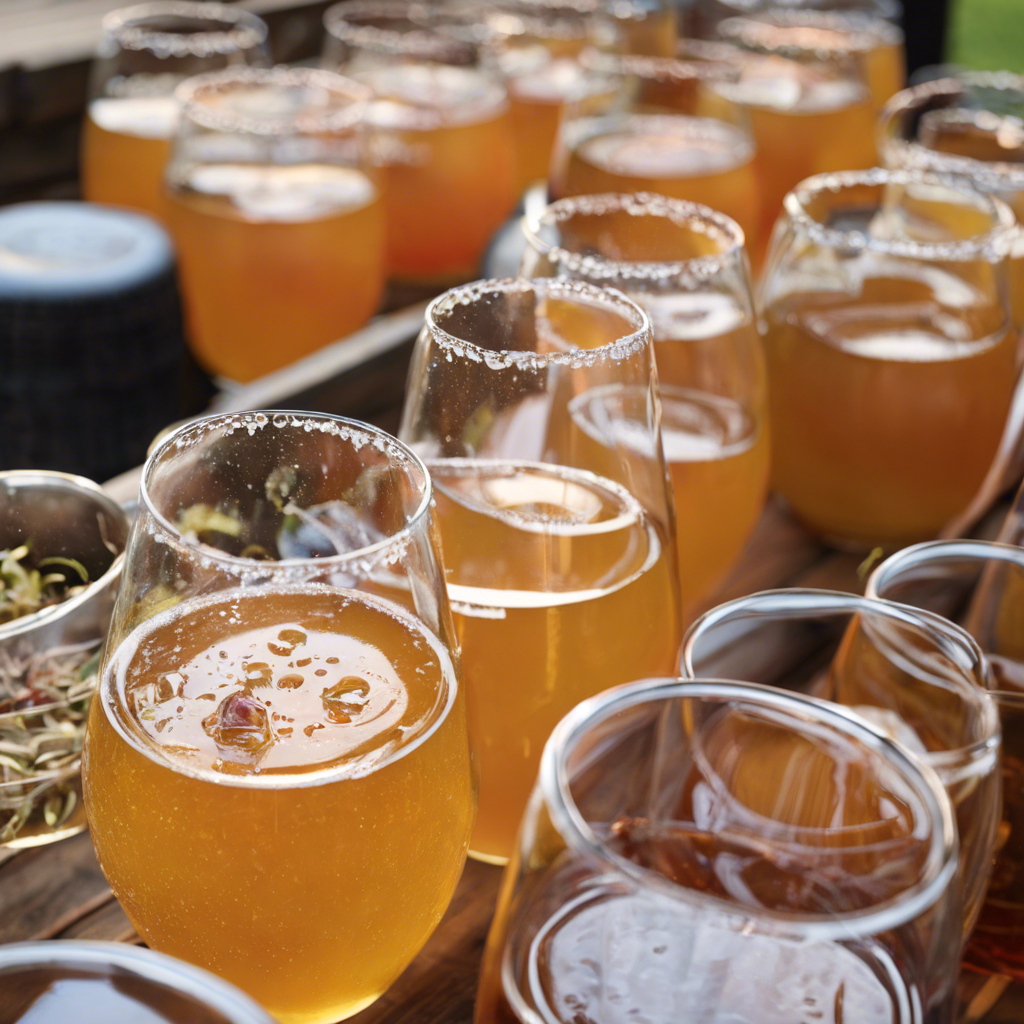The art of fermentation has been practiced for centuries, and it remains a crucial process in the creation of many beloved foods and beverages. Hard cider is no exception. This tasty tipple, often enjoyed as a refreshing alternative to beer or wine, owes its existence to the magic of fermentation. So, what exactly happens during this transformative process, and why is it so important for cider makers?
Fermentation is, essentially, the process of turning sugar into alcohol. For cider, this means taking the natural sugars found in apple juice and converting them into ethanol – the type of alcohol that gives hard cider its characteristic buzz. This transformation is orchestrated by yeast, a microscopic organism that feasts on sugar and produces alcohol and carbon dioxide as by-products.
Cider makers carefully select specific strains of yeast to impart particular flavors and characteristics to their cider. During fermentation, yeast multiplies rapidly, consuming the available sugars and producing alcohol. The carbon dioxide that’s also produced during this process bubbles up, escaping through a valve in the fermentation vessel, and helping to prevent the cider from becoming overly carbonated.
While the basic process of fermentation remains the same, the specific techniques and approaches adopted by cider makers can vary. Some opt for a slower, colder fermentation, which can take several weeks but preserves the delicate flavors of the apples. Others might choose a faster, warmer process, which can be completed in just a few days.
The type of apples used also plays a pivotal role in the fermentation process and the overall character of the cider. Traditional cider apples, prized for their complex flavors and high tannin content, are often favored by craft cider makers. These apples provide a robust base for fermentation and contribute to the depth of flavor in the final product.
However, not all cider makers have access to these specialty apples, and many modern cideries use a blend of dessert apples, such as Gala or Golden Delicious, with a smaller percentage of bitter or tart apples, like Granny Smith or crab apples, to achieve the desired flavor profile.
Admittedly, the fermentation process is just one piece of the puzzle in crafting a delicious hard cider. The journey from apple to bottle encompasses a multitude of steps, each influencing the final product. Yet, without fermentation, we wouldn’t have the delightful array of hard ciders that grace our shelves and coolers today.
So, the next time you sip a crisp, refreshing cider, take a moment to appreciate the ancient art of fermentation and the centuries of refinement that have contributed to your drinking pleasure. It’s a toast worth raising!
Now that you understand the fermentation process, you can appreciate the complexity and craftsmanship that goes into every bottle of hard cider.
